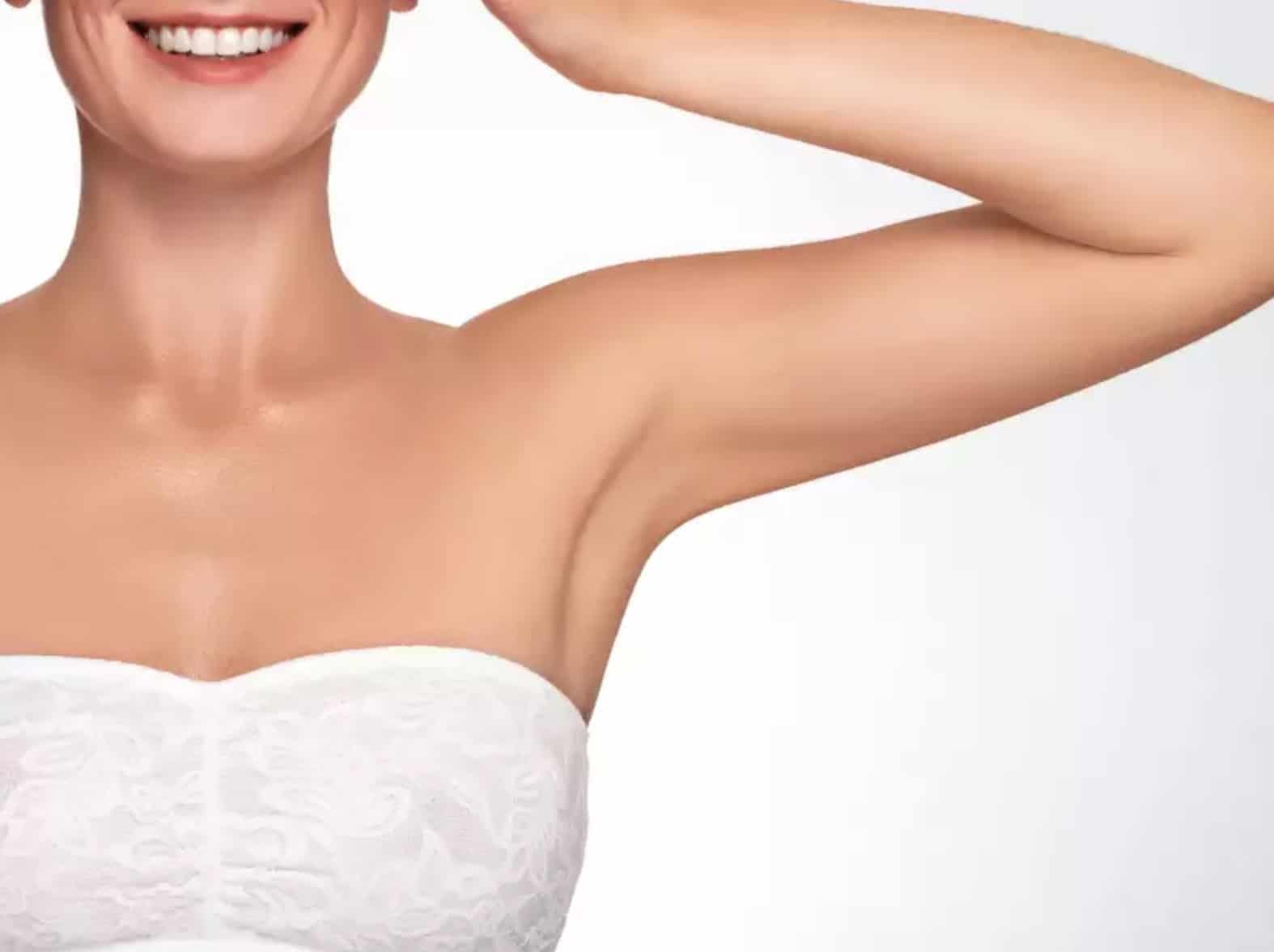As summer approaches, we often find ourselves excited to flaunt our smooth and lovely skin in sleeveless dresses and shorter hemlines. In doing so, however, we might also expose uneven skin tones, particularly in the underarm area. This can be discouraging and may even prevent some from wearing their favorite outfits. Understanding this common concern, it is essential to explore efficient ways to lighten and even out our skin tone.
Baking soda is an increasingly popular solution for skin whitening, but it’s not the only option available. From natural remedies to cosmetic treatments, there are multiple methods to achieve a lighter and more even-toned underarm area. These include underarm whitening creams, laser therapy, moisturizing creams, and applying topical creams. With a range of options, finding the right solution for an even and appealing underarm complexion is within reach.
Chapter Overview
Why Do You Have Dark Underarms?
Dark underarms can be attributed to various factors, including:
- Hyperpigmentation: The overproduction of melanin, responsible for skin color, can cause darkening in the underarm area.
- Shaving and hair removal: Frequent shaving and removal of underarm hair may trigger melanin production, leading to darker skin.
- Friction and tight clothing: Constant friction from clothes or wearing tight garments can cause dark underarms.
- Sensitive skin and irritation: The use of certain antiperspirants or products can lead to skin irritation and discoloration.
- Medical conditions: Insulin resistance, obesity, hormonal disorders, and certain medications may result in hyperpigmentation.
- Genetics: Family history plays a role in skin tone and discoloration.
To address dark underarms, consider consulting a dermatologist, who may recommend laser hair removal, chemical peels, or other treatments targeting hyperpigmentation.
How Does Baking Soda Help?
Baking soda, or sodium bicarbonate, is an alkaline substance that helps maintain the skin’s pH balance. It offers several skin benefits, such as exfoliating and removing dead skin cells, which may result in a brighter appearance. Additionally, it serves as a natural deodorant, neutralizing body odor with its antibacterial and antifungal properties.
- Exfoliating: Removes dead skin cells
- pH Balance: Maintains skin’s natural acidity
- Deodorant: Neutralizes body odor with antibacterial and antifungal properties
Risks of Using Baking Soda
While baking soda offers benefits for skin whitening, it also presents risks. Here are some potential side effects:
- Dryness: Continuous overuse may lead to skin dryness.
- Irritation: Abrasive nature may cause irritation and rashes.
- Inflammation: Sensitive skin types could experience inflammation.
- Breakouts: May exacerbate acne and psoriasis.
Before using baking soda remedies, we recommend conducting a patch test, particularly if you have sensitive skin.
How To Use Baking Soda?
Simple Baking Soda Scrub

We recommend starting with this simple scrub by mixing baking soda and water in a 2:1 ratio (baking soda being the dominant ingredient). Apply the mixture to the desired area, massage for 1-2 minutes, leave it on for 30 minutes, and then rinse off. Repeat this process 2-3 times per week.
Baking Soda and Avocado
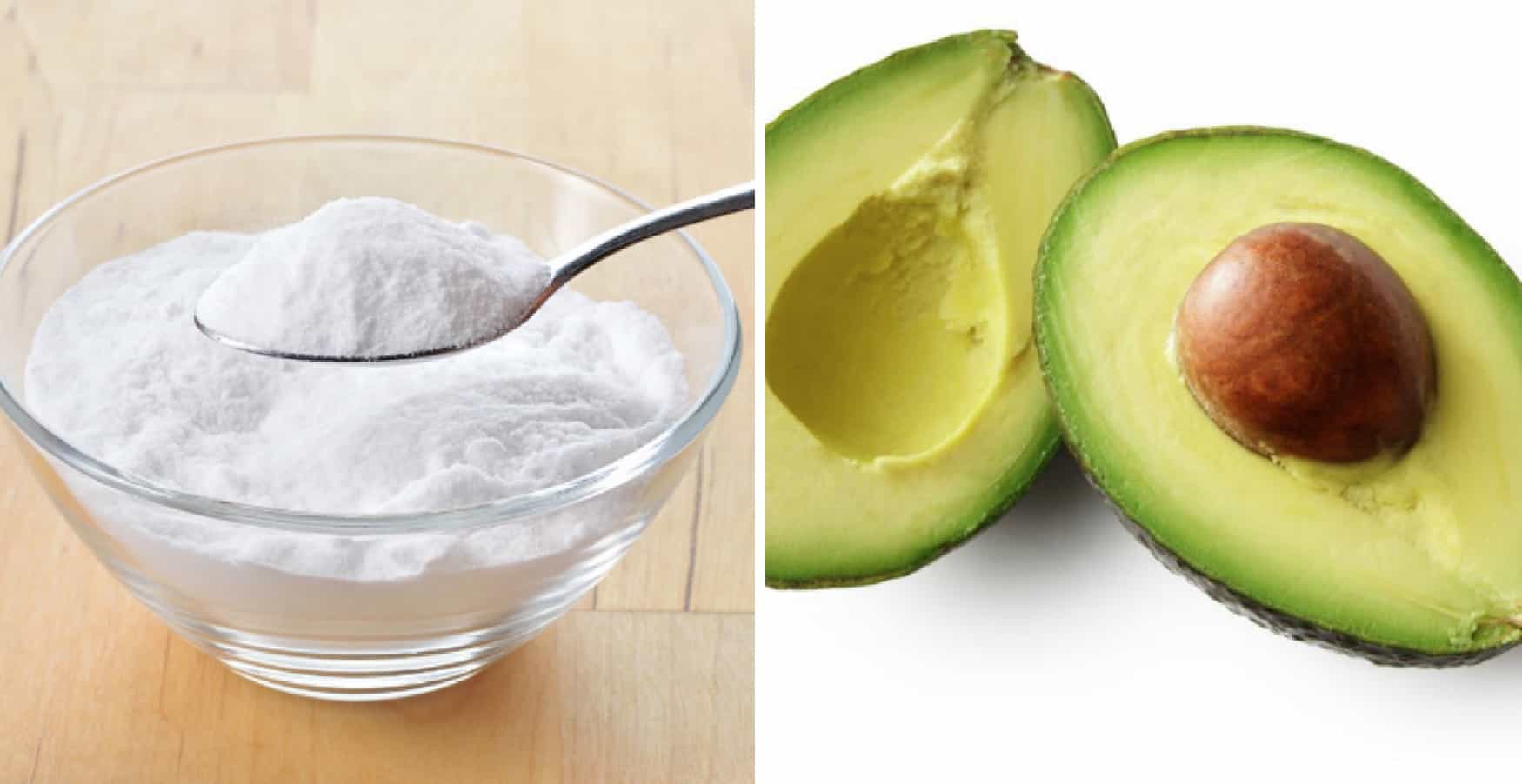
To keep your skin hydrated and nourished while lightening, try combining 2 tablespoons of baking soda, 1 tablespoon of mashed avocado, and ½ tablespoon of lemon juice. Dilute with water if needed. Apply the paste, massage, leave for 20 minutes, and then rinse with lukewarm water. Repeat this twice per week.
Baking Soda and Apple Cider Vinegar
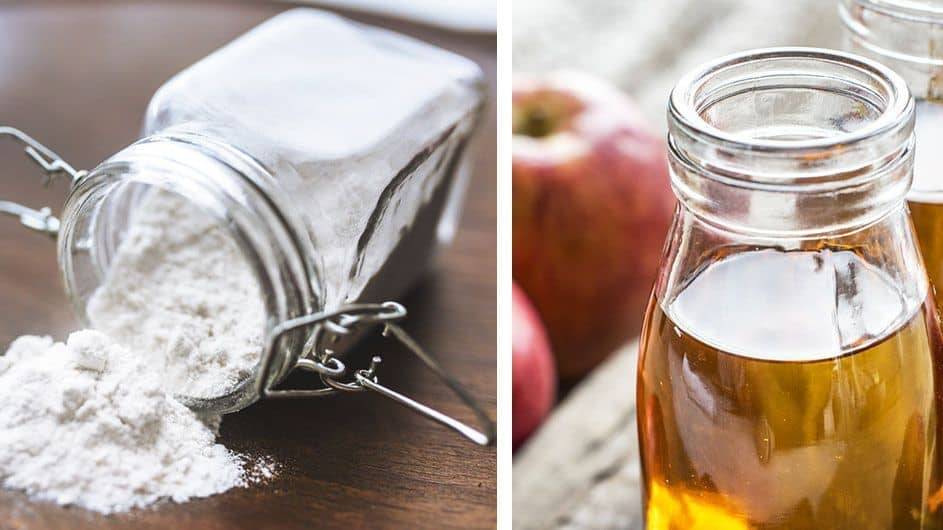
For a balanced solution, mix 1 tablespoon of baking soda and enough apple cider vinegar to create a thick paste. Apply the paste to the desired area, let it dry for 15 minutes, then thoroughly rinse with cold water. Repeat this process 3 times per week for maximum results.
Baking Soda and Hydrogen Peroxide
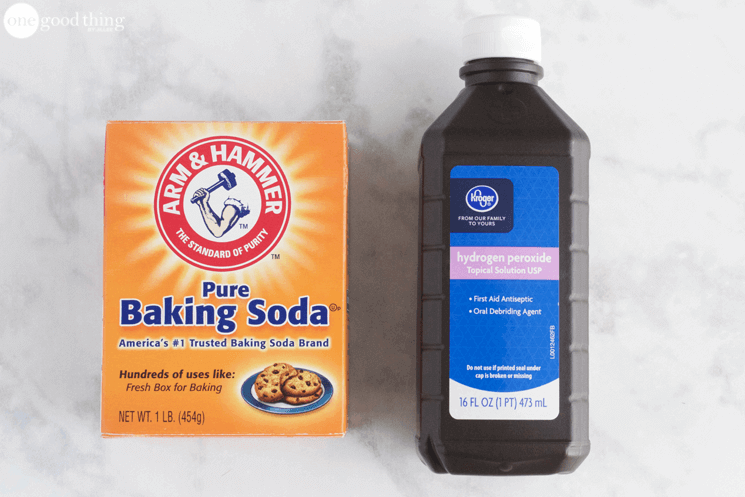
Hydrogen peroxide is effective in lightening various skin conditions. Combine ¼ cup of baking soda, 1/3 cup of hydrogen peroxide, the juice of half a lemon, and some water to dilute the lemon juice. Apply the paste, let it dry for 15 minutes, wipe clean with a wet washcloth, and then rinse with water. Repeat 2-3 times per week.
Baking Soda and Cornstarch
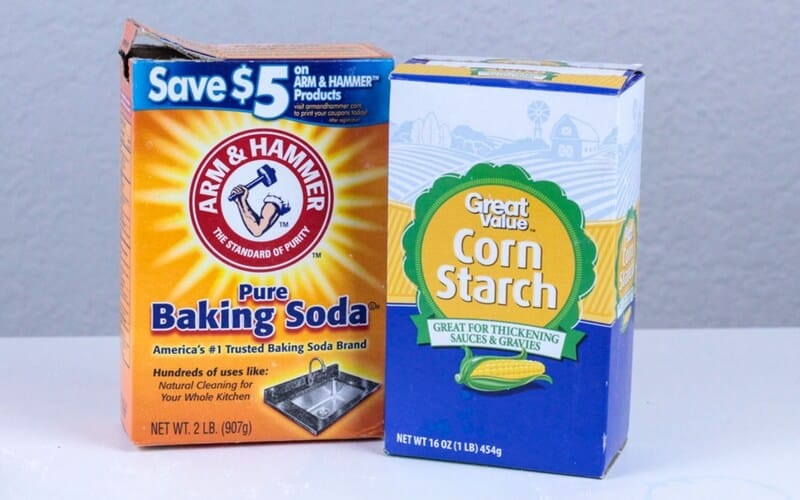
Create a DIY exfoliating agent by mixing 1 tablespoon each of baking soda and cornstarch, and 1 teaspoon of cucumber juice (adjust quantity if needed for a thick paste). Apply the mixture, let it dry, then wash off with cold water. Repeat this process twice per week.
Baking Soda and Milk Scrub
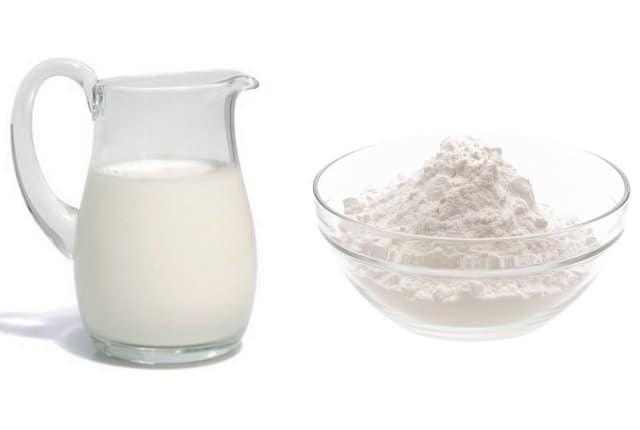
For a smoother paste solution, replace water with milk. Mix 1 tablespoon of baking soda and enough milk to create a thick paste. Gently scrub the area for 1 minute, let it dry naturally, and then rinse with lukewarm water. Repeat 2-3 times per week.
Baking Soda and Lemon Juice
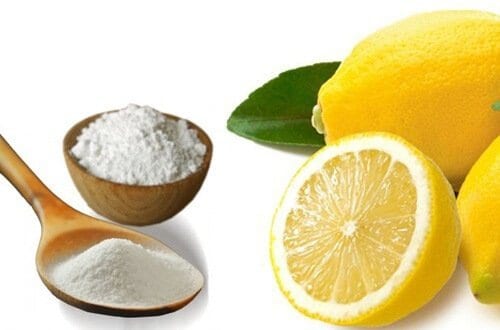
Lemon juice is effective for skin lightening and whitening. Mix 1 tablespoon of baking soda, the juice of half a lemon, and some water. Apply the paste, massage for 1 minute, let it dry for 20 minutes, then rinse with cold water. Repeat this process 3 times per week.
Baking Soda and Coconut Oil
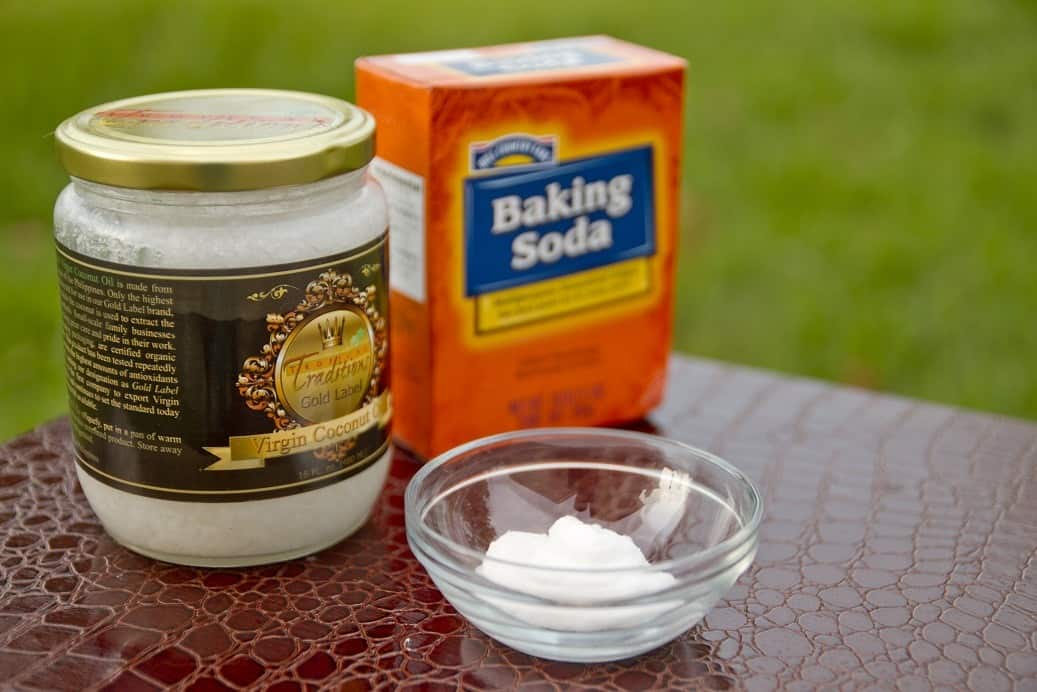
Coconut oil is an excellent natural moisturizer. Combine 1 tablespoon of baking soda with enough coconut oil to make a thick paste. Massage in a circular motion, leave it on for 15 minutes or until it dries completely, and repeat twice per week.
Baking Soda and Honey
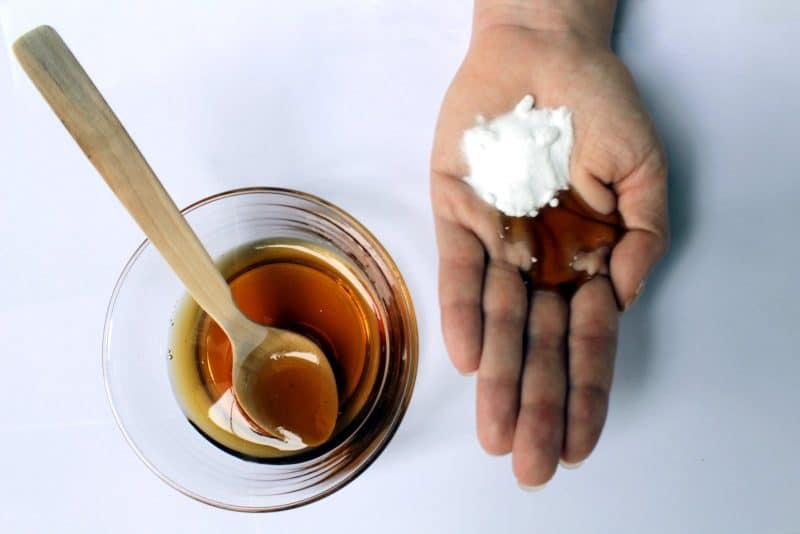
Honey helps moisturize and protect the skin from microbes. Mix 1 tablespoon each of baking soda and honey. If the consistency is too thick, add a few drops of rose water. Massage the mixture for 1 minute, let it dry for 20 minutes, and then rinse with lukewarm water. Repeat this process twice per week.

